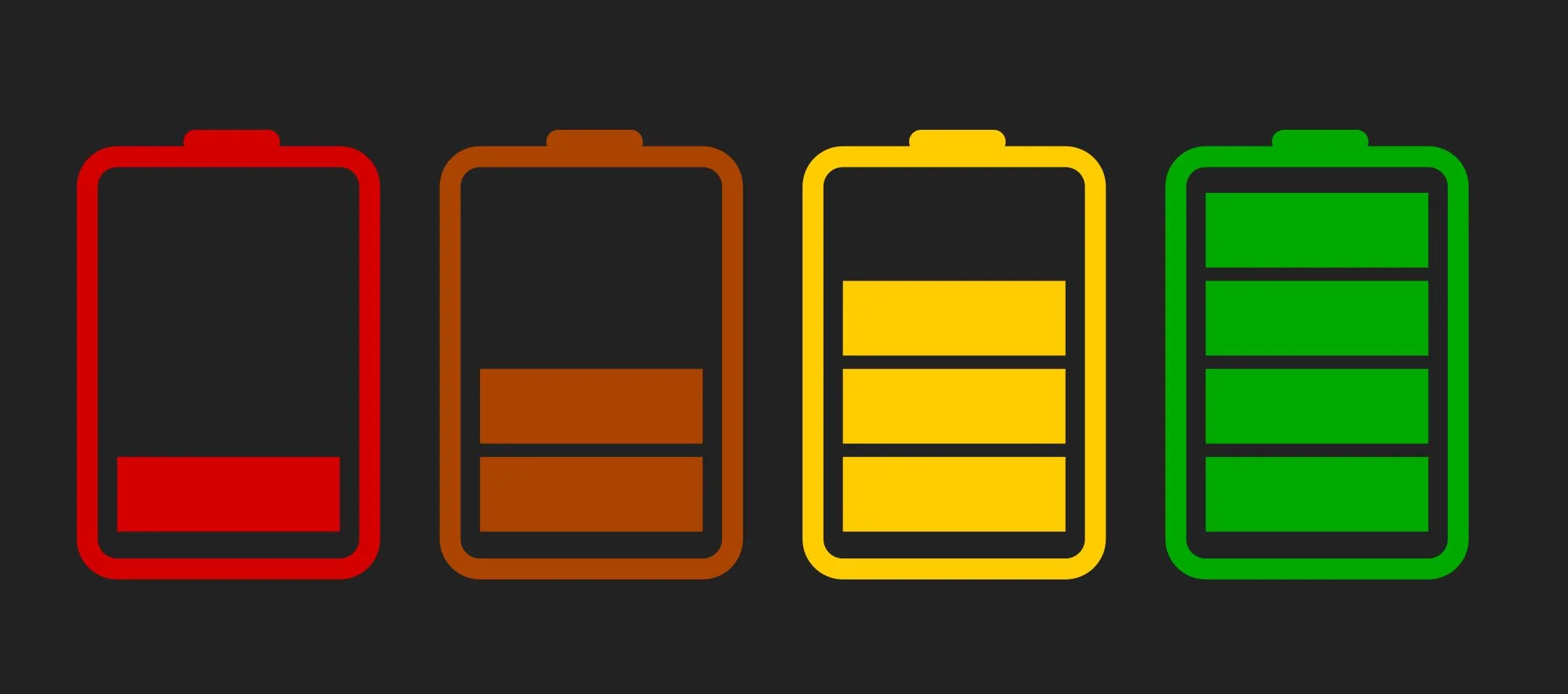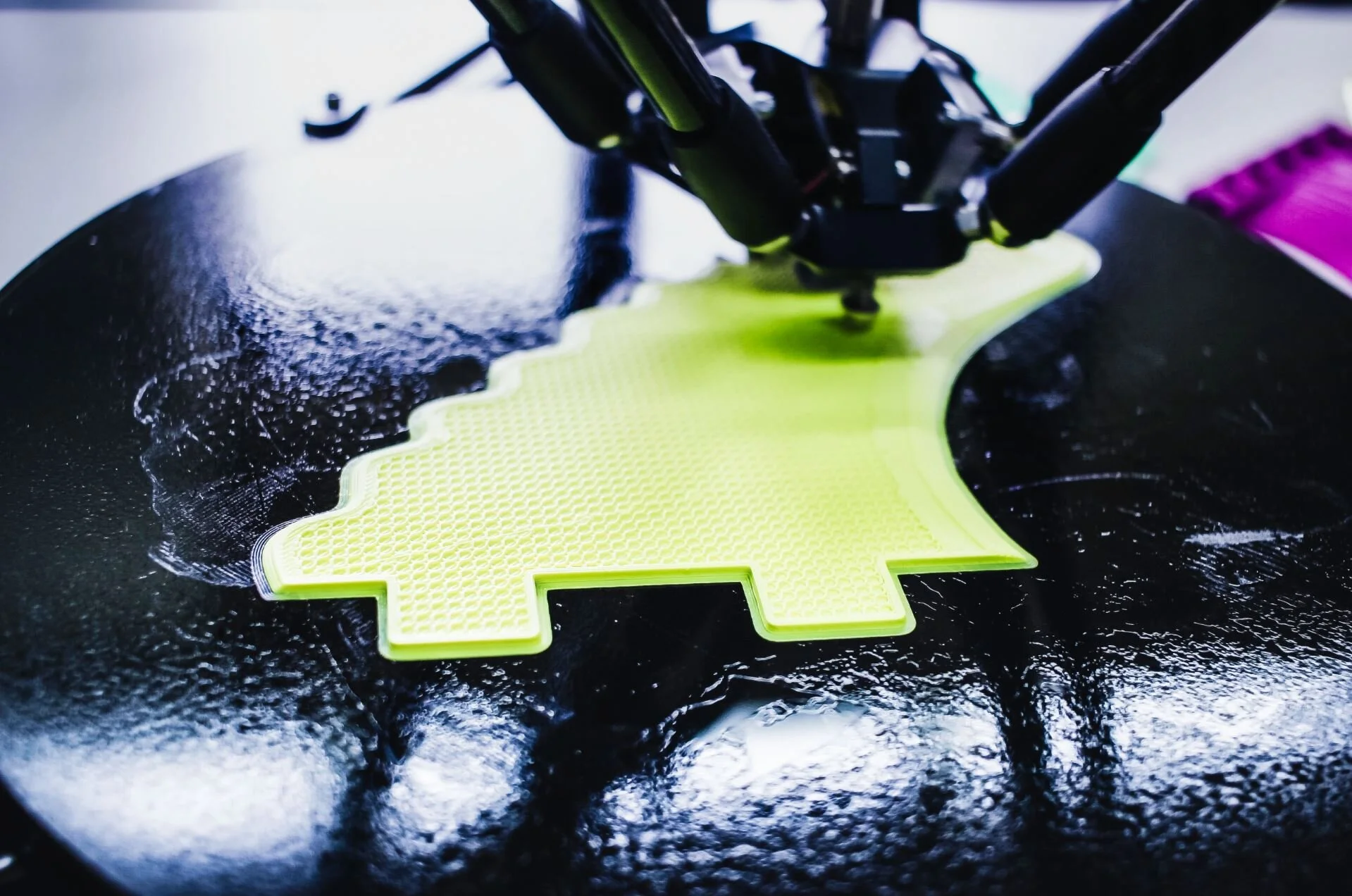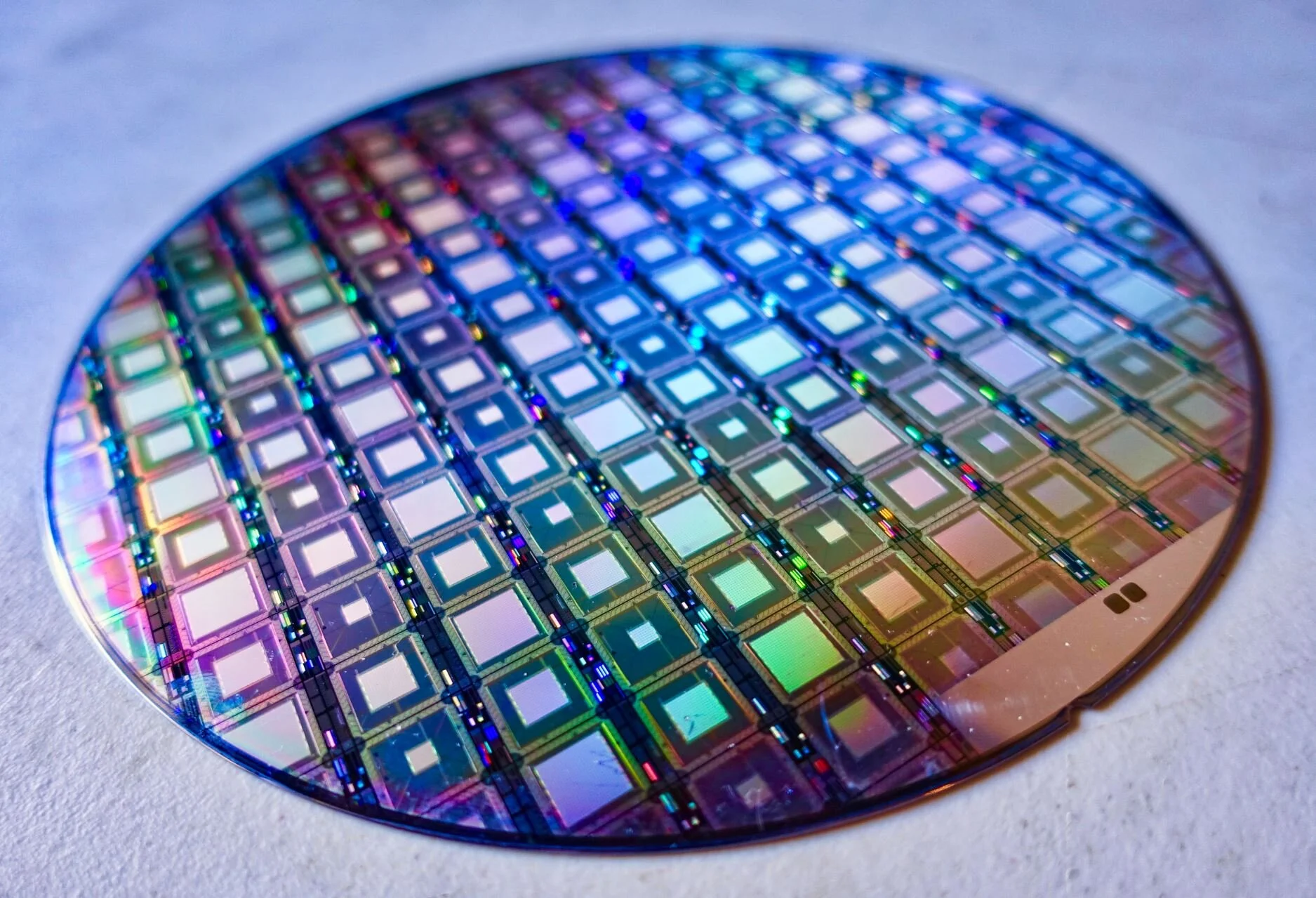Any comments, suggestions or just looking for a chat about this subject? Don't hesitate and leave a comment on our improved comment section down below the article!
By Cory Nealon - University of Buffalo
Image Credit: Michaljamro via Pixabay
New research about the causes of static electricity could ultimately help create more sustainable and longer-lasting power sources for small electronic devices, according to a new study.
The findings point to tiny structural changes that occur at the surface of materials when they come into contact with each other.
“Nearly everyone has zapped their finger on a doorknob or seen child’s hair stick to a balloon. To incorporate this energy into our electronics, we must better understand the driving forces behind it,” says coauthor James Chen, assistant professor in the mechanical and aerospace engineering department in the School of Engineering and Applied Sciences at the University at Buffalo.
Chen and Zayd Leseman, associate professor of mechanical and nuclear engineering at Kansas State University, are conducting research on the triboelectric effect, a phenomenon wherein one material becomes electrically charged after it contacts a different material through friction.
Experts have known about the triboelectric effect since ancient times, but the tools for understanding and applying it have only become available recently due to the advent of nanotechnology.
These images show how the surfaces of magnesia (top block) and barium titanate (bottom block) respond when they come into contact with each other. The resulting lattice deformations in each object contributes to the driving force behind the electric charge transfer during friction. (Credit: James Chen/U. Buffalo)
“The idea our study presents directly answers this ancient mystery, and it has the potential to unify the existing theory. The numerical results are consistent with the published experimental observations,” says Chen.
The research Chen and Leseman conduct is a mix of disciplines, including contact mechanics, solid mechanics, materials science, electrical engineering, and manufacturing. With computer models and physical experiments, they are engineering triboelectric nanogenerators capable of controlling and harvesting static electricity.
“The friction between your fingers and your smartphone screen. The friction between your wrist and smartwatch. Even the friction between your shoe and the ground. These are great potential sources of energy that we can to tap into,” Chen says. “Ultimately, this research can increase our economic security and help society by reducing our need for conventional sources of power.”
The National Science Foundation supported the research. Chen says the researchers will present more findings at the American Physical Society’s meeting in March.
The study appears in the Journal of Electrostatics.
Source: University at Buffalo via Futurity - Original Study DOI: 10.1016/j.elstat.2018.09.001
If you enjoy our selection of content please consider following Universal-Sci on social media:
















